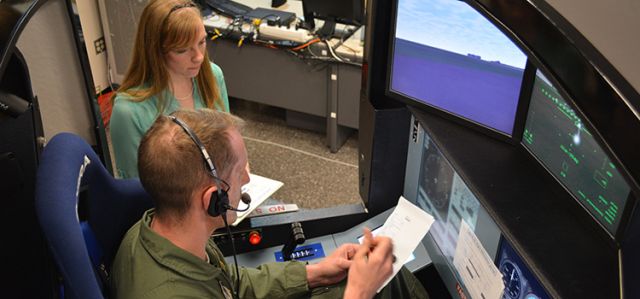Document Type
Conference Paper
Publication Date
7-2015
Publication Source
XXV Congress of the International Society of Biomechanics
Abstract
Musculoskeletal models and optimization methods are combined to calculate muscle forces. Some model parameters cannot be experimentally measured due to the invasiveness, such as the muscle moment arms or the muscle and tendon lengths. Moreover, other parameters used in the optimization, such as the muscle synergy components, can be also unknown. The estimation of all these parameters needs to be validated to obtain physiologically consistent results. In this study, a two-step optimization problem was formulated to predict both muscle and knee contact forces of a subject wearing an instrumented knee prosthesis. In the outer level, muscle parameters were calibrated, whereas in the inner level, muscle activations were predicted. Two approaches are presented. In Approach A, contact forces were used when calibrating the parameters, whereas in Approach B, no contact force information was used as input. The optimization formulation is validated comparing the model and the experimental knee contact forces. The goal was to evaluate whether we can predict the contact forces when in-vivo contact forces are not available.
Document Version
Published Version
Copyright
Copyright © 2015, International Society of Biomechanics
Publisher
International Society of Biomechanics
Place of Publication
Glasgow, UK
Peer Reviewed
yes
eCommons Citation
Serrancolí, Gil; Kinney, Allison; Font-Llagunes, Josep M.; and Fregly, Benjamin J., "Synergy-Based Two-Level Optimization for Predicting Knee Contact Forces during Walking" (2015). Mechanical and Aerospace Engineering Faculty Publications. 24.
https://ecommons.udayton.edu/mee_fac_pub/24
Included in
Biomechanics Commons, Biomedical Engineering and Bioengineering Commons, Exercise Science Commons, Mechanical Engineering Commons, Other Kinesiology Commons




Comments
Document is made available for download in compliance with the publisher's policies on self-archiving.
Permission documentation is on file.